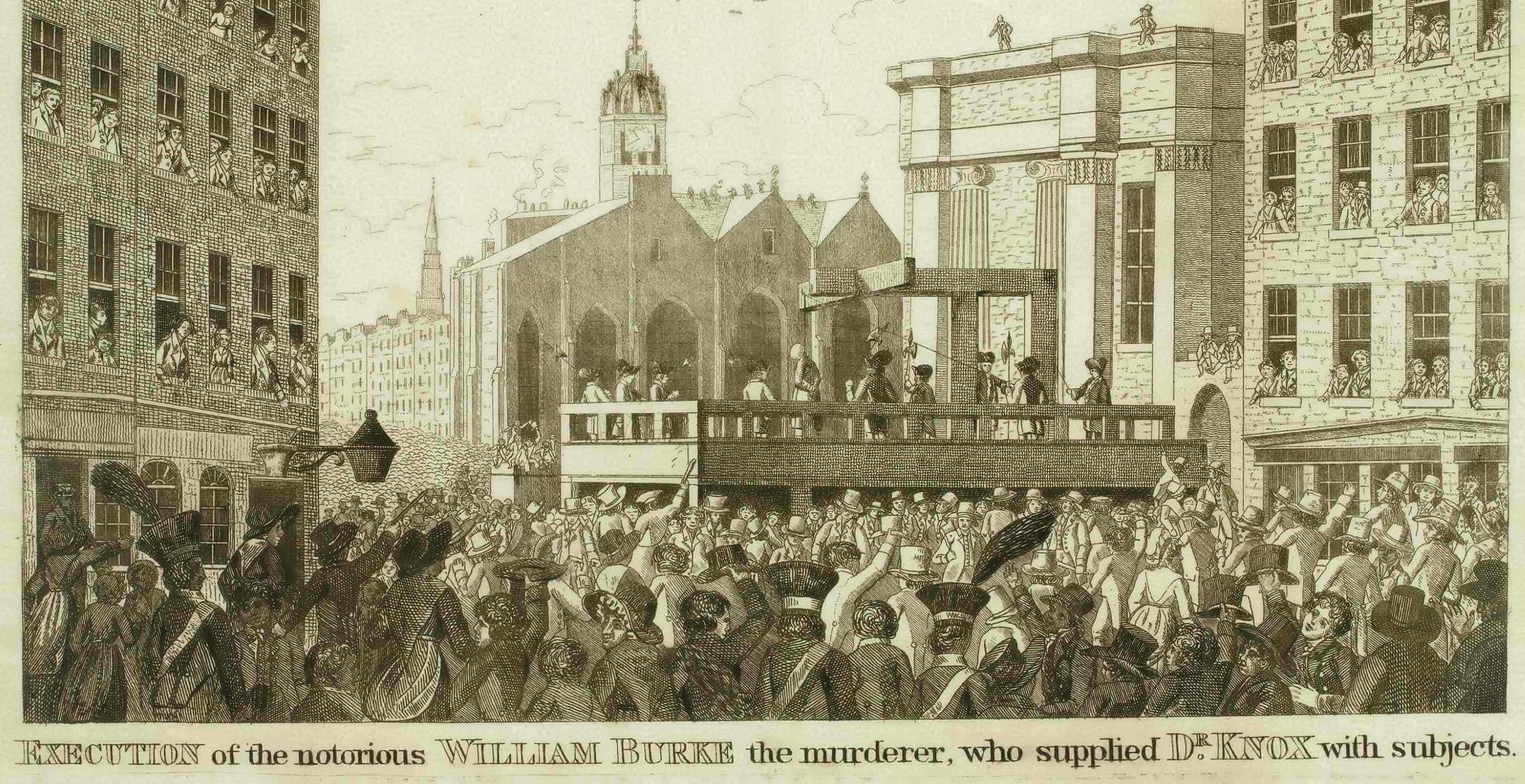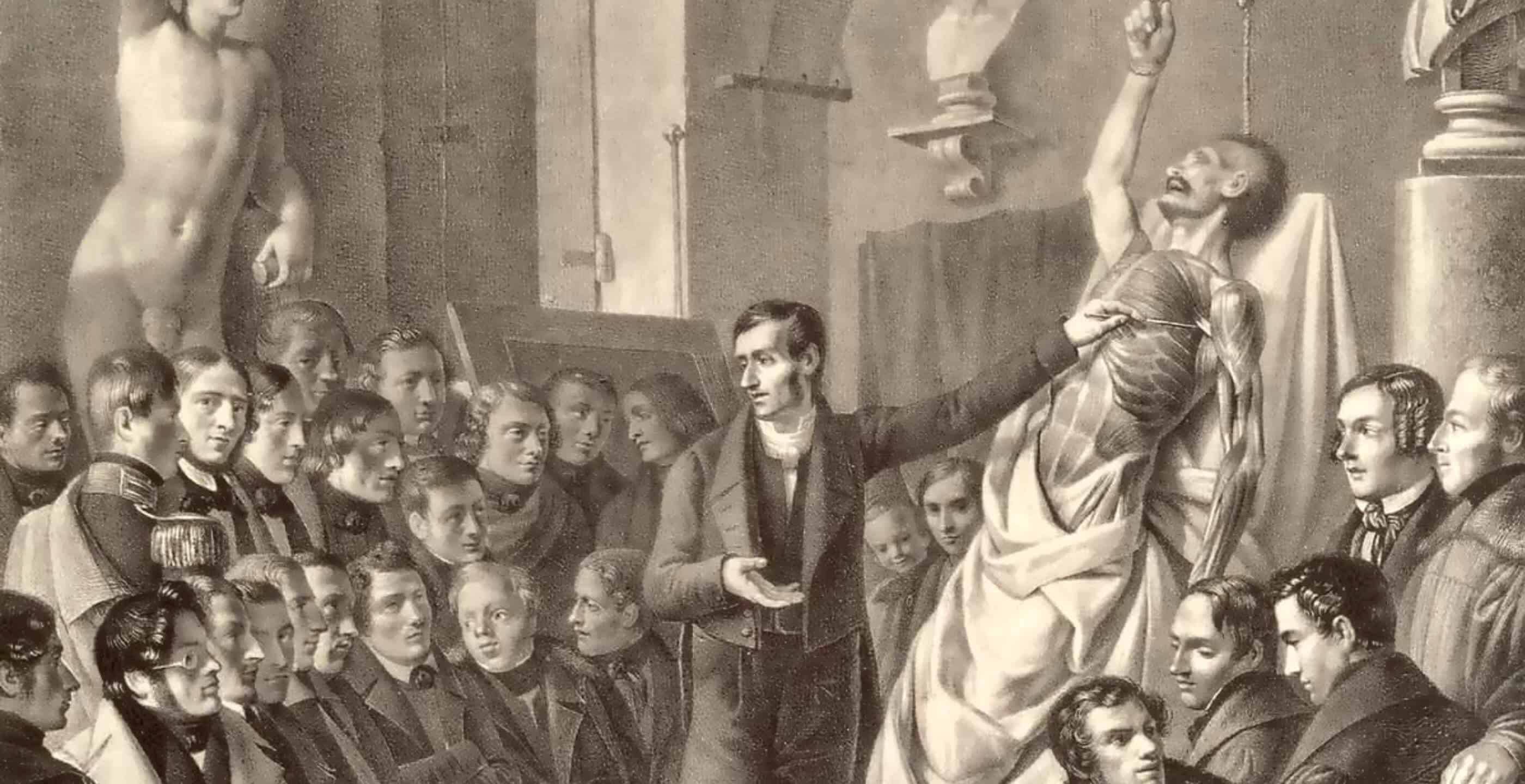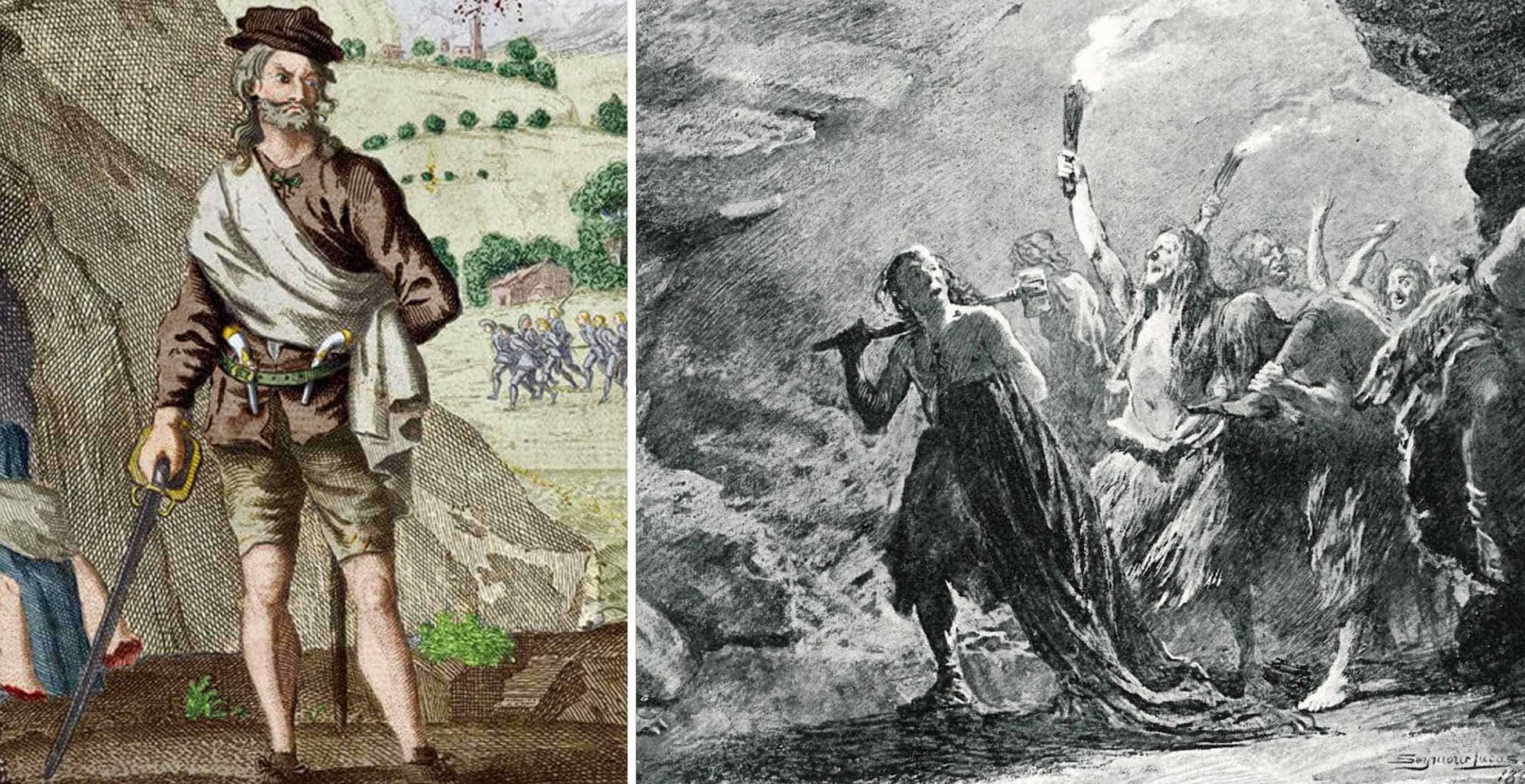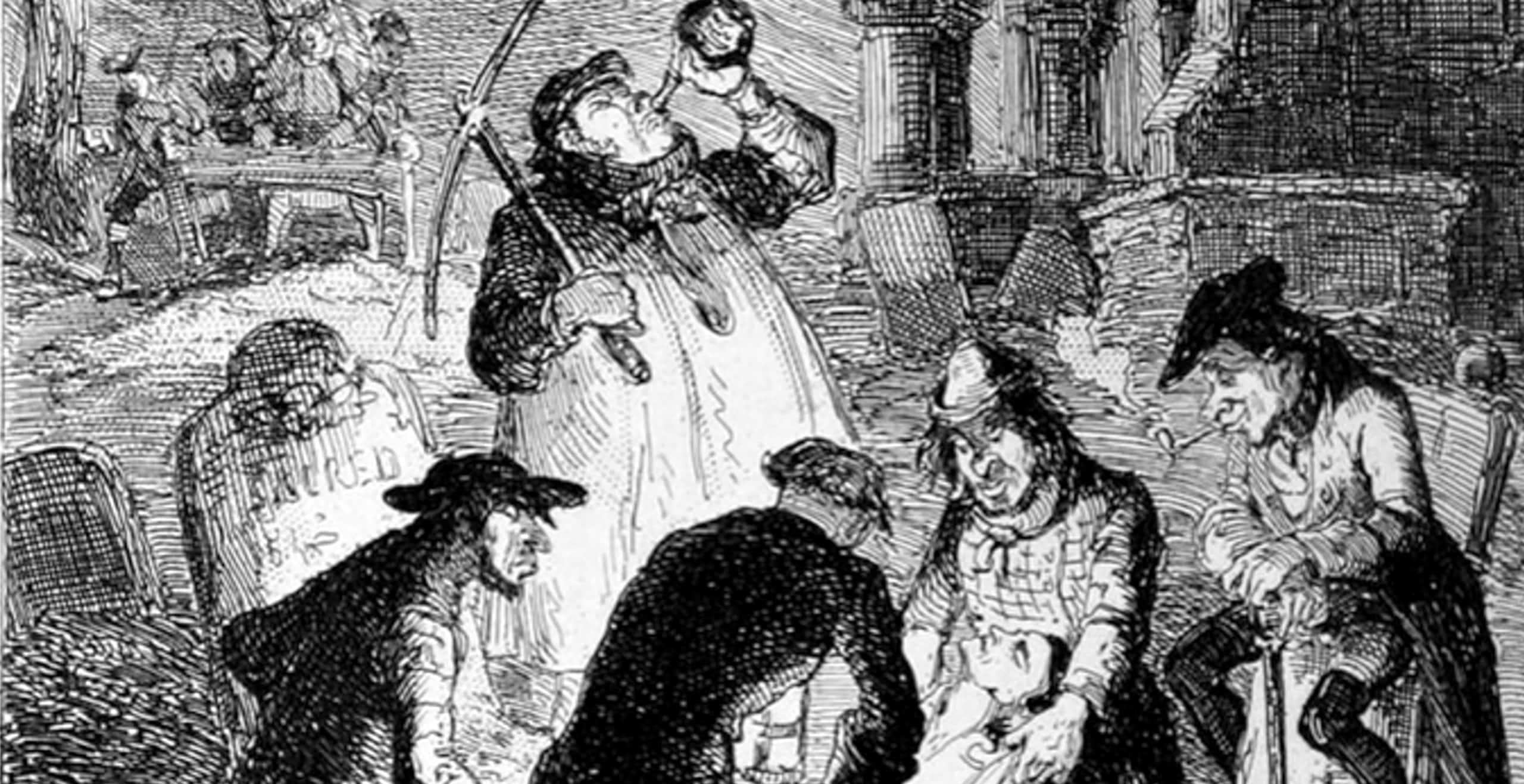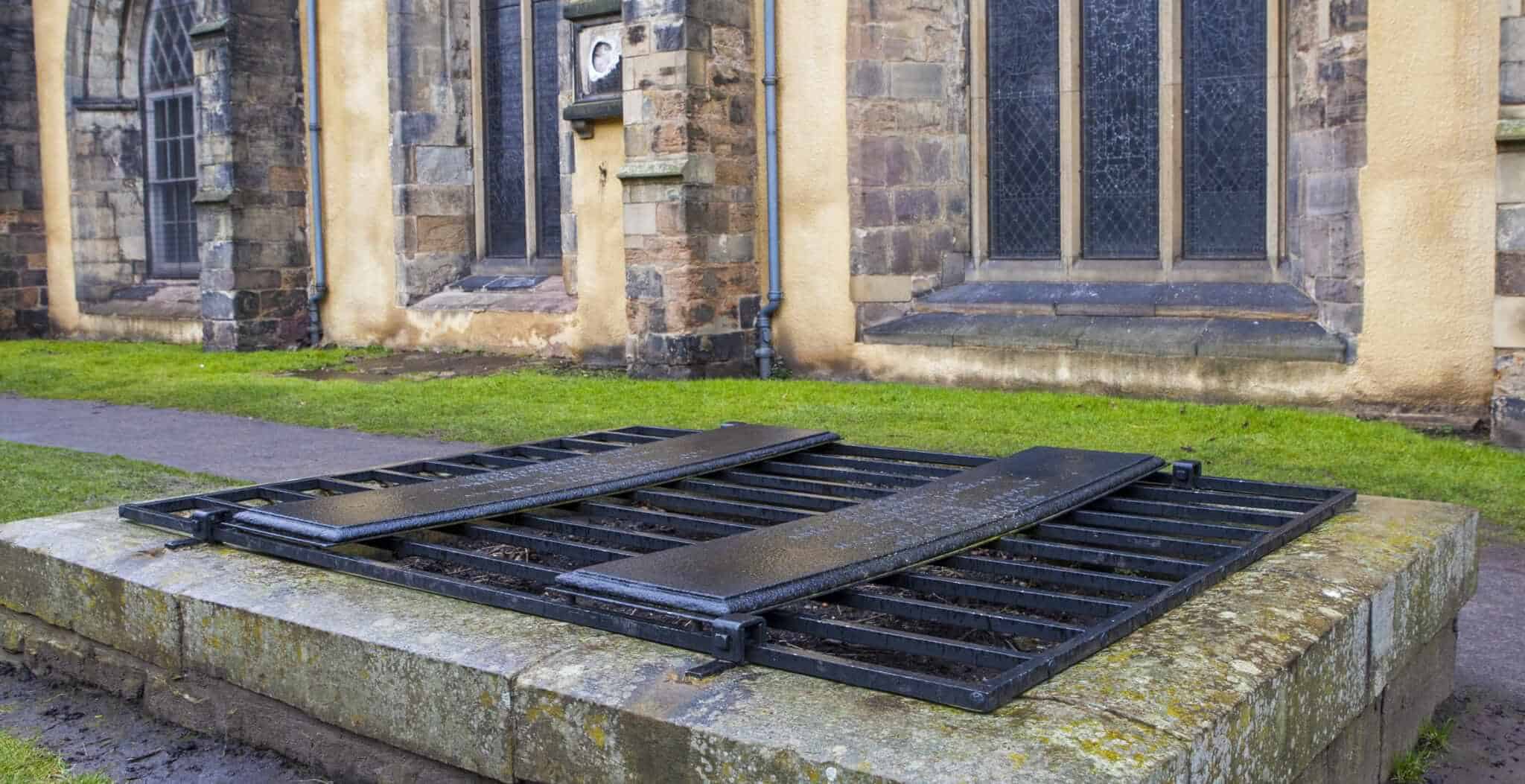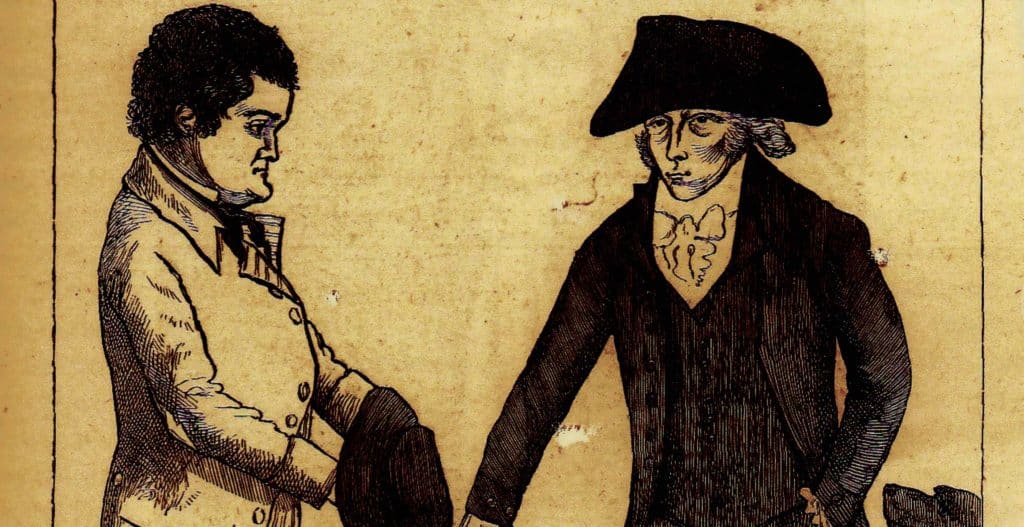Burke and Hare, Edinburgh’s most ghoulish residents!
In contrast to the increase in numbers of executions in the wake of the Bloody Code, the Judgement of Death Act 1823 saw the number of crimes punishable by death in Britain drop dramatically. Good news in theory, but since medical and anatomical schools were only legally allowed to dissect the bodies, or cadavers, of those who had been condemned to death, this led to an extreme shortage of dead bodies available.
However, the financial compensation offered by medical schools meant that some unscrupulous types soon found a way around this shortage of bodies, leading to a rash of grave-robbing by those known as resurrectionists.
Instances of grave-robbing became so commonplace that relatives were known to watch over the recently dug graves of their dearly departed and watch towers were installed in cemeteries across the land. The ‘fresher’ the body, the more money it was worth, thus it didn’t take long before grave-robbing graduated to anatomy murder – murder committed with the sole intention of providing the remains for medical research and attracting a monetary reward. The most infamous of which were the Burke and Hare Murders in Edinburgh, which occurred between 1827 – 1828.
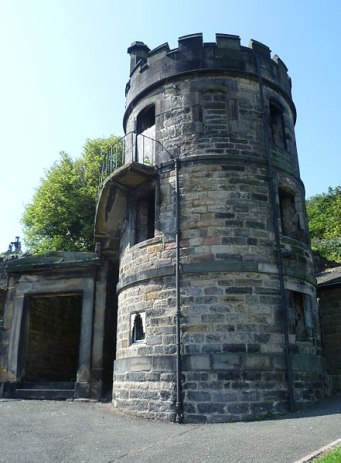
William Burke and William Hare both originated from the Province of Ulster in the north of Ireland and moved to Scotland to work on the Union Canal, Burke having abandoned a wife and two children back in Ireland. The pair met and became close friends when Burke moved with his mistress Helen McDougal to lodgings in Tanner’s Close in the West Port area of Edinburgh. Hare lived on the same street and was running a boarding house there with Margaret Laird, a widower with whom he lived as man and wife, and who was also known as Margaret Hare even though they were not legally married.
The pair’s first foray into the world of medical science happened in December 1827 when one of Hare’s tenants, an elderly army pensioner by the name of Old Donald, died of natural causes whilst still owing £4.00 in rent. To cover the man’s outstanding debt the pair weighed his coffin down with tanning bark prior to his funeral and took his body to the medical school at Edinburgh University where they were swiftly pointed in the direction of Professor Robert Knox, a popular anatomy lecturer. Knox paid the duo seven pounds and ten shillings for Donald’s body.
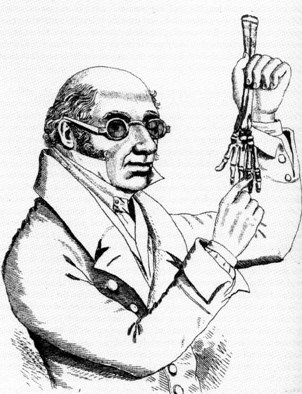
Murders
Encouraged by the ease with which they had made this money, the pair struck again in early 1828 when another tenant named Joseph became ill. Too impatient to see if Joseph would actually die from his afflictions, Burke and Hare took it upon themselves to help him along – plying him with whisky and then suffocating him by covering his mouth and nose while he was forcibly restrained. This became their favoured method of execution as it left the body unmarked and undamaged for the students who were later to dissect the cadavers. In the aftermath of their killing spree, the practice become known as ‘Burking’.
In the absence of any further ill tenants the pair decided to entice victims to the lodging house, preying on Edinburgh’s poorest communities who were less likely to be missed or recognised. In total Burke and Hare are said to have murdered at least 16 people for between seven to ten pounds apiece, although the real total is likely to be a lot higher.
A local prostitute, Janet Brown, was lucky to escape with her life when she and a friend, Mary Patterson, were invited to stay by Burke. Having excused herself earlier in the evening, Janet returned to find her friend missing and was told Mary and Burke had stepped out. Having waited for her friend to return, Janet eventually decided to leave, having no idea that Mary was lying dead in the next room ready to be taken to Knox and that she herself was the next likely victim!
Burke and Hare soon became greedy and no one was safe. An elderly grandmother was killed with an overdose of painkillers and Hare murdered her blind young grandson by breaking the boy’s back across his knee. Even a relative of Helen’s, Ann McDougal, was unhesitatingly dispatched. However, with greed came carelessness.
A number of Knox’s students were said to have recognised Mary and two other prostitutes murdered by the pair, Elizabeth Halden and her daughter, who made the unfortunate mistake of calling at the lodging house to enquire after her missing mother. The gossip was exacerbated when the pair brought in a handicapped children’s entertainer by the name of James Wilson who was well known in the city as ‘Daft Jamie’. Knox was said to strongly deny the identity of the body but swiftly removed his head and deformed foot during the dissection.
Discovery
Following an argument between Burke and Hare, which was caused by Burke’s suspicion that Hare and Margaret were cutting himself and Helen out of deals with Knox, Burke and Helen began to take in their own lodgers.
On Halloween 1828 Burke and Hare’s last victim, Marjory Campbell Docherty, was invited to stay with Burke and Helen on the pretence that she was a distant relation of Burke’s mother. Burke’s other lodgers, a couple called James and Ann Gray, were invited to stay temporarily at Hare’s boarding house that evening so the murder could take place.
On their return to Burke’s lodgings the following day, the Gray’s were told that Marjory had been asked to leave because she had been flirtatious with Burke. The couple became suspicious when they were not allowed to enter the spare room where they had left some belongings, and when left alone they discovered Marjory’s dead body hidden under the bed. The couple challenged Helen over their discovery and she offered them a bribe of £10 a week if they would keep the discovery to themselves. The Gray’s refused and reported the murder to the Police. However, in the meantime word must have reached Burke and Hare, as by the time the Police arrived at the premises, Marjory’s body had been removed and taken to Knox. Burke and Helen and later Hare and Margaret were all arrested and gave conflicting accounts of what had taken place, with Burke and Hare each blaming each other.
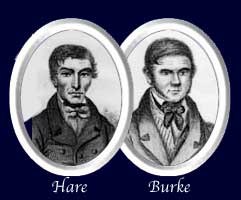
Trial and prosecution
The Police’s investigation soon led them to Knox, and James Gray identified the body found in his lecture hall as Marjory. Having read about the murder in a local newspaper, Janet Brown later identified clothes found at Hare’s lodging house as belonging to her missing friend Mary Patterson. However, the Police had little hard evidence to prove the crimes had been committed and eventually the Lord Advocate, Sir William Rae, offered Hare immunity in return for testifying against Burke and Helen, which he was more than happy to do!
The trial began on Christmas Eve 1828 and early the following day Burke and Helen were both charged with Marjory Docherty’s murder. Burke was also charged with the murder of Mary Patterson and James Wilson. While Helen’s complicity in Marjory’s murder was deemed ‘not proven’ under Scottish Law and she was set free, Burke was sentenced to death by hanging.
William Burke was hanged at Lawnmarket in front of a boisterous, cheering crowd of over 25,000 on 28 January 1829 and, fittingly perhaps, after being put on public display, his body was donated to medical science.
A number of anatomy students took ghoulish souvenirs of his skin, even using it to bind books and card holders. Burke’s skeleton is still on display at Surgeon’s Hall in Edinburgh next to his death mask and the life mask of Hare’s face.
Despite his obvious involvement in the murders, his accomplice Hare was released in February 1829 and escaped across the border into England. No one knows definitively what happened to Hare, but it has been rumoured that he was thrown into a lime quarry by an angry mob and lived out his days as a blind beggar on the streets of London. Both Helen and Margaret also fled Edinburgh, with Helen said to have emigrated to Australia and Margaret to Ireland.
And despite mass public outrage, Knox was also cleared of his involvement in the murders as Burke claimed he had no idea where the bodies had come from. His reputation in ruins, Knox moved to London to try and salvage a career in medicine.
Aftermath
The Burke and Hare murders, followed swiftly afterwards by the 1831 murders committed by the London Burkers in Bethnal Green, led to the Anatomy Act 1832 which allowed doctors, anatomy lecturers, and medical students greater access to cadavers and allowed for the legal donation of bodies to medical science, effectively calling an end to the illegal body-snatcher trade.
Published: 9th January 2017.
